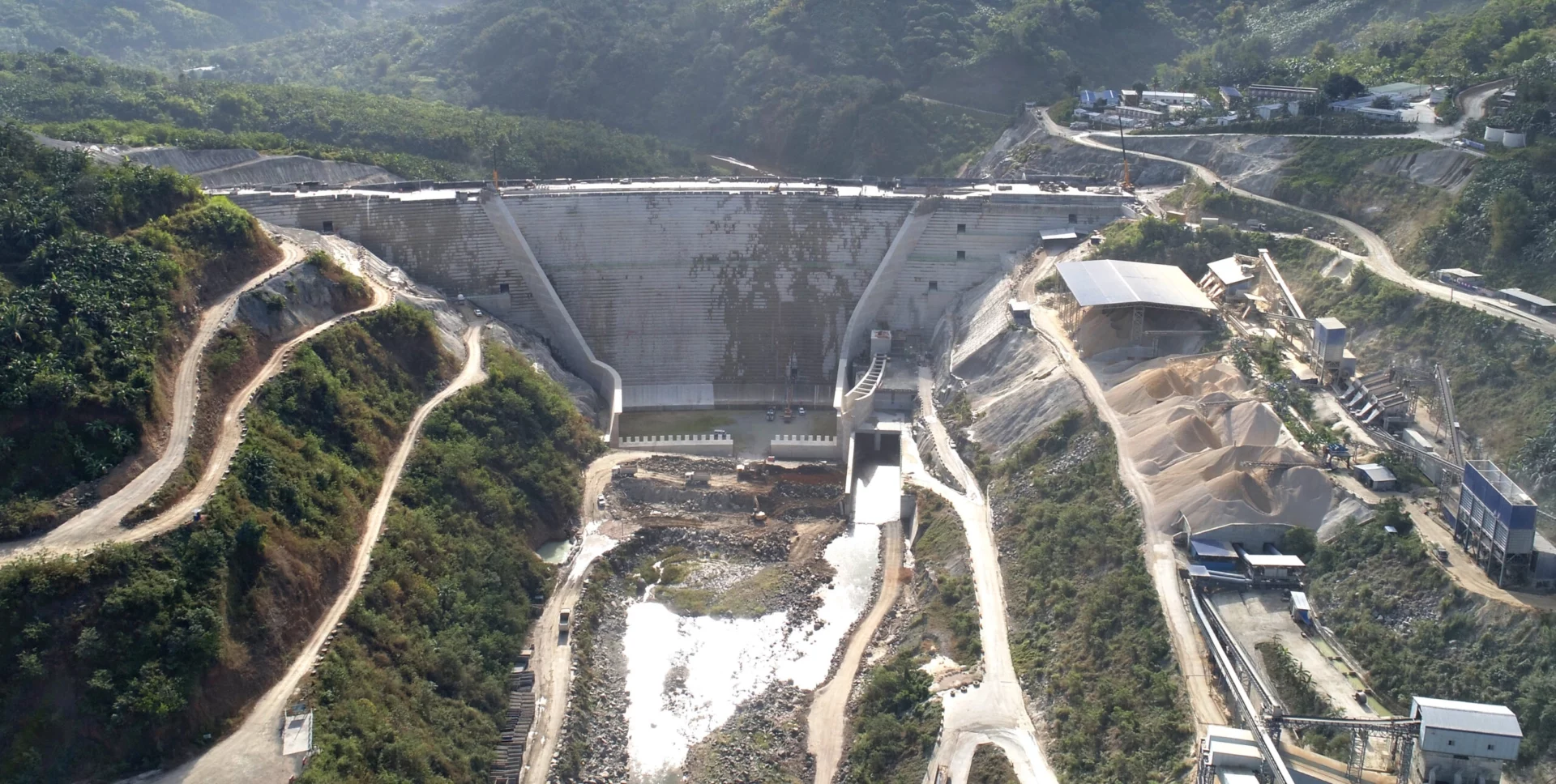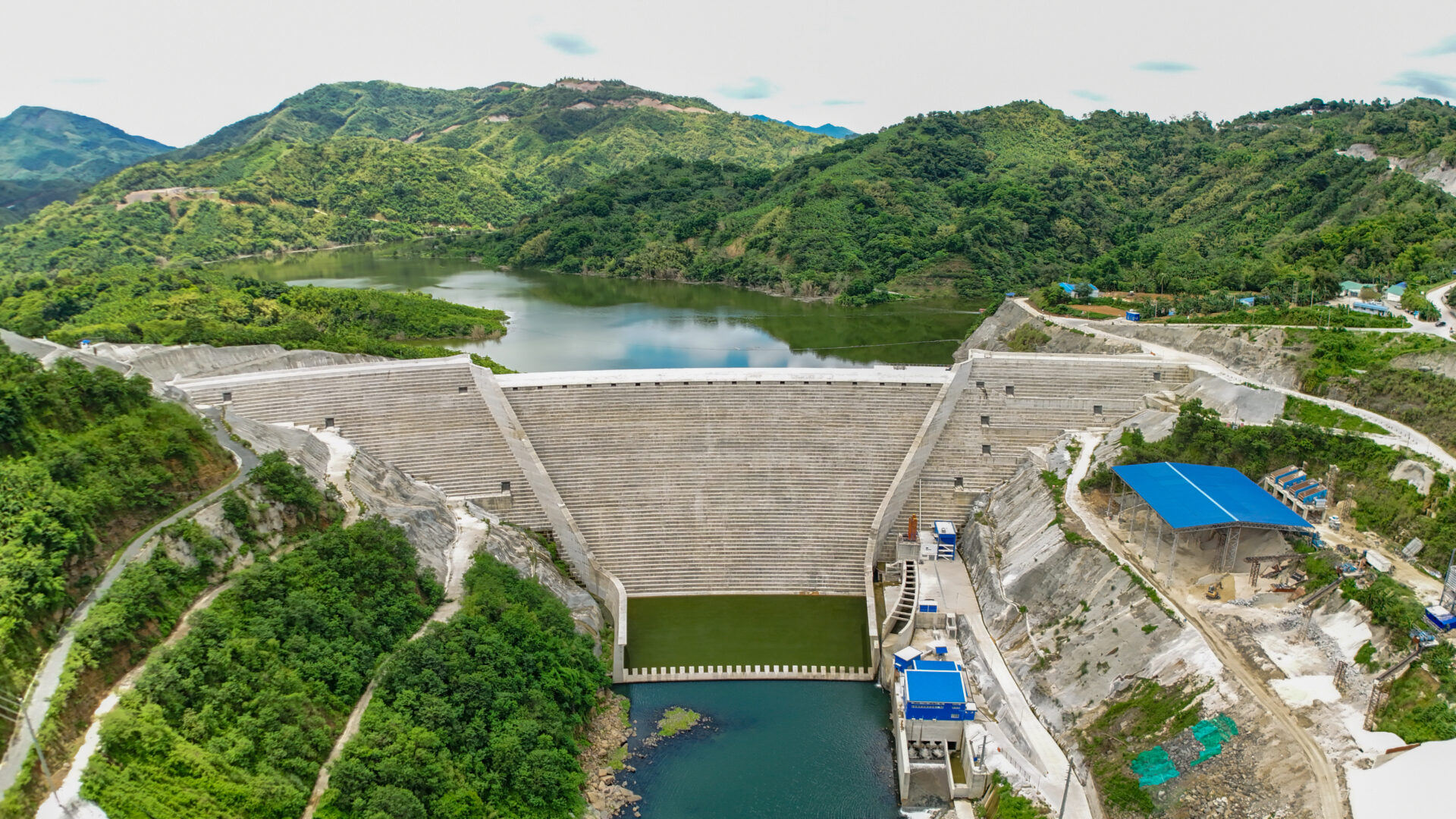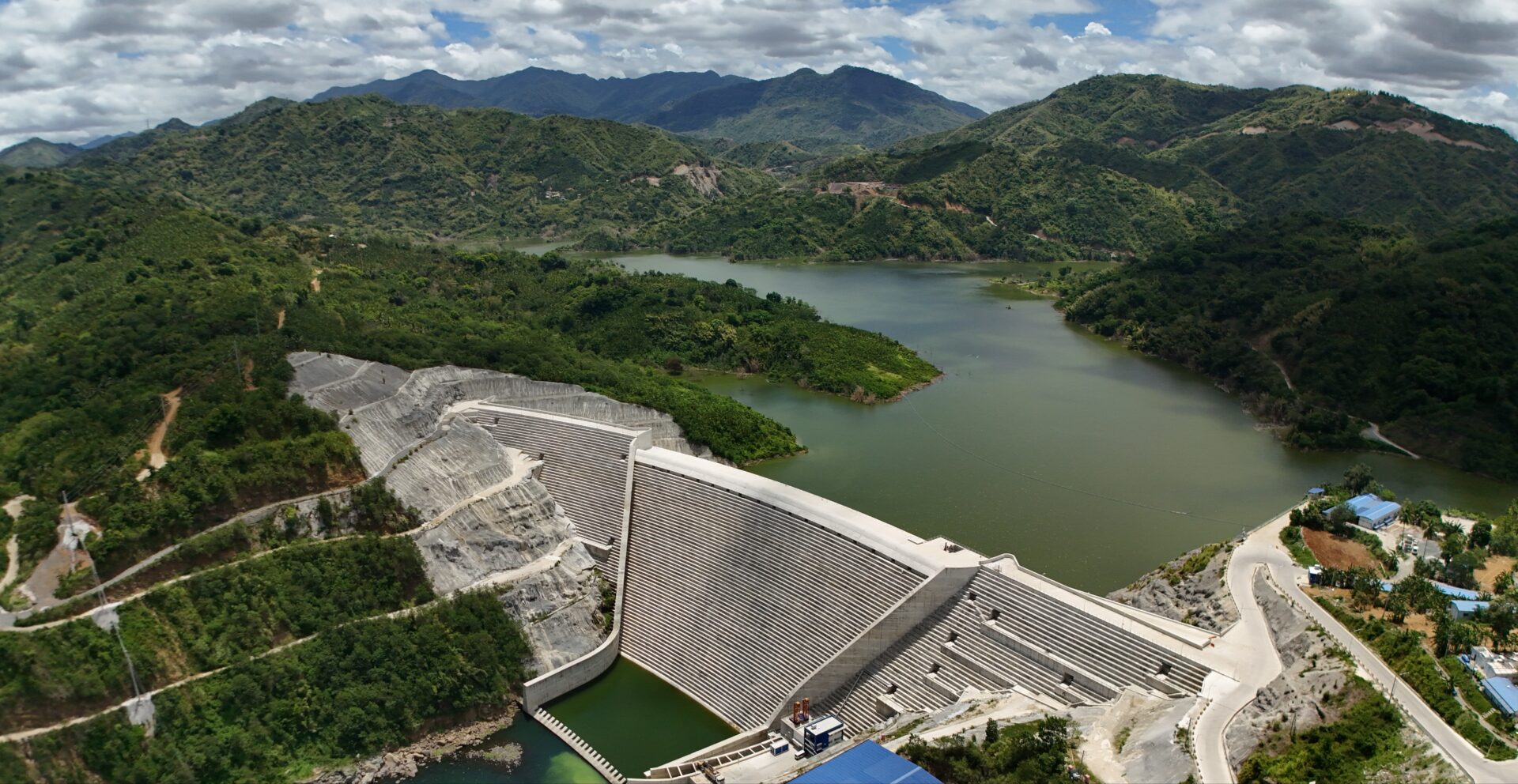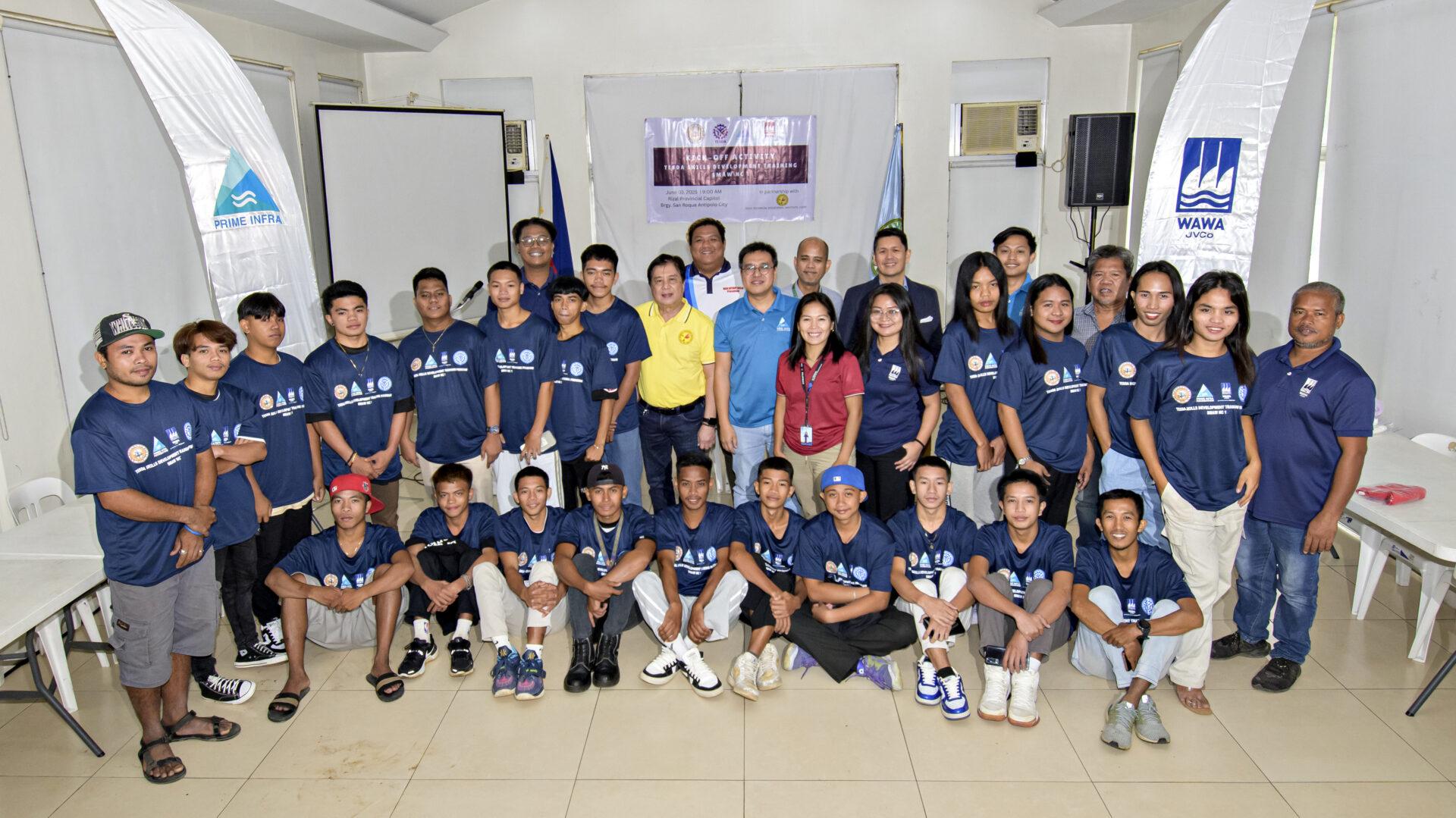
The Upper Wawa Dam, an infrastructure flagship project of the national government, presents a promising solution to address critical water security challenges facing the Greater Metro Manila Area, Prime Infra-led WawaJVCo Inc. said Wednesday, as the water infrastructure nears completion.
The largest water supply dam to be built in over 50 years, the Upper Wawa Dam is Phase 2 of the Wawa Bulk Water Supply Project. As of February 28, it stands at 93-percent completion, with the construction of the 85-meter roller-compacted concrete (RCC) dam expected to be finished ahead of schedule.
Upper Wawa Dam’s capacity of approximately 710 million liters per day (MLD) provides a reliable alternative source of raw water, reducing reliance on the existing Angat-Ipo System and increasing resilience to climate-related crises, including El Niño.
“With its substantial capacity and innovative design, the dam holds immense potential to enhance water security and resilience, which will be a massive step in avoiding a water crisis in Metro Manila and nearby provinces,” said WawaJVCo.
The Greater Metro Manila Area, including the province of Rizal and a portion of the province of Cavite, is serviced by the Metropolitan Waterworks and Sewerage System (MWSS) through two water concessionaires—Maynilad Water Services for the West Zone and Manila Water Company for the East Zone.
WawaJVCo has an existing 30-year offtake agreement involving the supply of 518 MLD from Upper Wawa Dam’s 710 MLD to Manila Water, leaving 192 MLD of available excess raw water supply.
WawaJVCo underscored the importance of collaboration to fully maximize the benefits of the Upper Wawa Dam project by optimizing the efficient utilization of its 710 MLD water supply capacity.
“Once completed, the Upper Wawa Dam will help address water security and ensure sustainable water supply to benefit over 700,000 households or about 3.5 million Filipinos within the service area of MWSS,” the company said.
The Upper Wawa Dam was designed based on the latest local and international standards and state-of-the-art methods, ensuring the dam’s long-term efficiency and reliability. It will begin commercial operations by the end of 2025.



